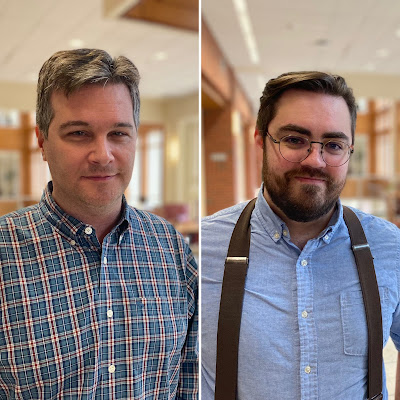OU Researchers Implement a Multi-photon Approach in Quantum Cryptography
NORMAN,
Okla.- Move over money, there is a new currency to make the world go round. As increasing
volumes of data become accessible, transferable and, therefore, actionable,
information is the treasure companies want to amass. To protect this wealth, organizations
use cryptography, or coded messages, to secure information from “technology
robbers.” This group of hackers and malware creators is increasingly becoming more
sophisticated at breaking encrypted information leaving everyone and
everything, including national security and global commerce, at risk.
But
the threat to information breach may be drastically reduced due to a technology
breakthrough that combines quantum mechanics and cryptography. University of Oklahoma electrical and
computer engineering professor Pramode Verma and his colleagues Professor
Subhash Kak from Oklahoma State University and Professor Yuhua Chen from the
University of Houston have, at the College of Engineering labs, OU-Tulsa, demonstrated
a novel technique for cryptography that offers the potential of unconditional
security.
“Unfortunately,
all commercial cryptography techniques used today are based on what is known as
computational security,” Verma said. “This means that as computing power
increases, they are increasingly susceptible to brute force and other attacks
based on mathematical principles that can recover information without knowing
the key to decode the information.” Cryptography techniques based on quantum
mechanics are not susceptible to such attacks under any imaginable condition.
Professor Subhash Kak postulated in 2006 a
theory known as the three-stage protocol. The technique relies on the unpredictability
of photons to ensure hackers can’t locate or replicate the information used to
transmit information. The first laboratory demonstration of Kak’s concept took
place at the College of Engineering labs on the OU-Tulsa Schusterman Campus. This is an important step toward the
wide-spread adoption of Kak’s discovery. It can lead to a future in which “Basically,
no matter how long or how hard they try,” said Verma, “technology robbers can
no longer decrypt or hack transmitted information.”
This
breakthrough has wide-spread economic and global applications. Quantum
cryptography has been used in rare instances, primarily Swiss banks, but is
limited by its short transmission distance and slow speed. Verma and his
research team’s technology demonstration suggests the potential for breaking those
barriers.
“As we continue to test this promising method
of quantum cryptology, we can demonstrate its value and accelerate the adoption
in the business world,” Verma said.
The
wide spread application of quantum cryptology could someday assure that technology
robbers won’t be able to break into the information bank.


